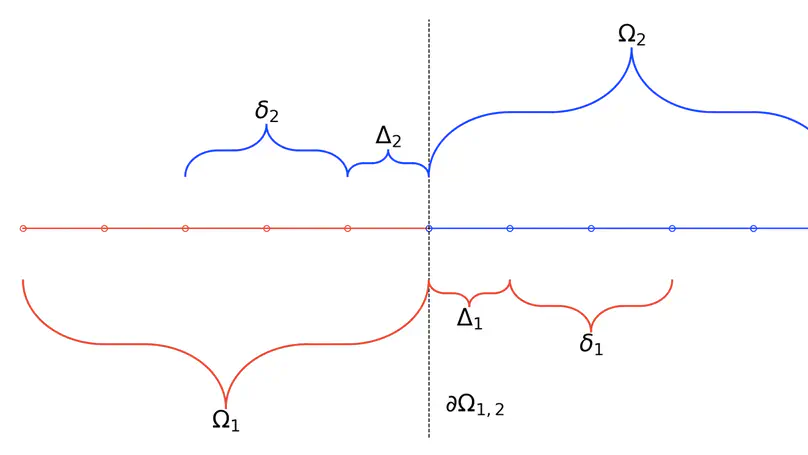Vijay Mahadevan
Computational Scientist
TechTrans International (consultant to Argonne National Laboratory)
Biography
He is a computational scientist working for TechTrans International Inc as a consultant to Argonne National Laboratory (ANL), USA. His research directions align with the development and application of stable, robust, scalable, and high-order accurate spatio-temporal numerical methods for the simulation of multiphysics phenomena, primarily in the areas of nuclear engineering and climate science. He is also interested in simplifying various aspects of the scientific computational workflow i.e., adaptive unstructured mesh generation schemes for PDE solvers, consistent nonlinear solvers, data analysis, visualization, and sustainable scientific software implementations for high-performance computing architectures.
He previously held positions at ANL as a computational postdoctoral fellow and as a computational scientist until 2018, before moving to Toronto, Canada.
Download my CV .
- Multimodel Applications
- High-order Numerical Methods
- Unstructured Mesh Generation
- High Performance Computing
- Sustainable Scientific Software
PhD in Nuclear Engineering, 2010
Texas A&M University, College Station
MS in Nuclear Engineering, 2006
Texas A&M University, College Station
BTech in Chemical Engineering, 2002
National Institute of Technology, Trichy, India
Experience
Responsibilities include:
- Computational modeling
- Scientific Consulting
Recent Posts
Projects
Featured Publications

We propose a domain-decomposed method for Multivariate Functional Approximations (MFA) using B-spline bases, enhancing scalability and accuracy in large datasets. Our approach minimizes local errors and recovers high-order continuity at subdomain interfaces, optimizing communication costs. Performance results demonstrate its efficiency and scalability across various datasets in 1D, 2D, and 3D.

Coupled Earth System Models require transfer of field data between multiple components with varying spatial resolutions to determine the correct climate behavior. We present the Metrics for Intercomparison of Remapping Algorithms (MIRA) protocol to evaluate the accuracy, conservation properties, monotonicity and local feature preservation of four different remapper algorithms, for various unstructured mesh problems of interest. Future extensions to more practical use cases are also discussed.

Accurate climate modeling of coupled Earth systems requires mapping of solution field data between dependent components that use non-matching discrete meshes. While existing workflows provide a pathway to generate the projection weights as an offline step, severe bottlenecks impede flexible setup of high-resolution models. In this paper, we present new algorithmic approaches to simplify the E3SM computational workflow using a scalable software infrastructure to generate the remapping operators.

An integrated multi-physics simulation capability for the design and analysis of current and future nuclear reactor models is being investigated, to tightly couple neutron transport and thermal-hydraulics physics under the SHARP framework. Over several years, high-fidelity, validated mono-physics solvers with proven scalability on petascale architectures have been developed independently. Based on a unified component-based architecture, these existing codes can be coupled with a mesh-data backplane and a flexible coupling-strategy-based driver suite to produce a viable tool for analysts.
Recent Publications
Contact
I am always open to collaborate on interesting ideas and research directions.
Please send a note to contact me.





















